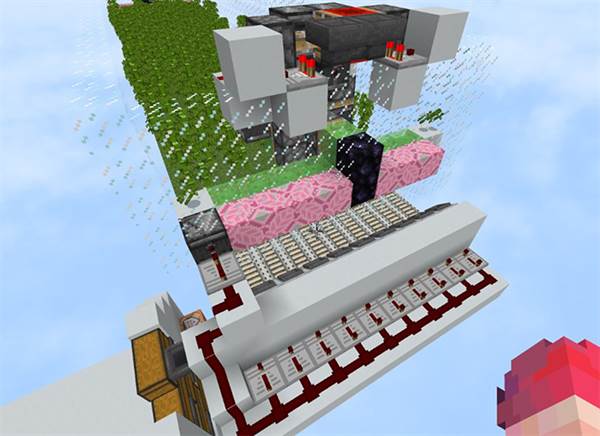


However, edible insect species intended for production should be screened for risks to humans, animals, plants, and biodiversity.

For instance, they can replace fish meal, which is becoming increasingly scarce and expensive. The major environmental advantages of insect farming compared to livestock production are as follows: (1) less land and water is required (2) greenhouse gas emissions are lower (3) insects have high feed conversion efficiencies (4) insects can transform low-value organic by-products into high-quality food or feed and (5) certain insect species can be used as animal feed or aqua feed. We review the environmental sustainability of insect farming compared to livestock production. Insect farming can be conducted either on small-scale farms or in large-scale industrialized rearing facilities. We provide examples of (1) aquatic insects whose populations are threatened by pollution, (2) caterpillar species in Africa that are disappearing due to overexploitation and habitat change, (3) edible insects species that are considered pests in agro-ecosystems, and (4) edible insect species that can be conserved and enhanced in forest management systems. Therefore, sustainable harvesting practices need to be developed and implemented. In tropical countries, edible insects are harvested from nature, but overexploitation, habitat changes, and environmental contamination threaten this food resource. Insects are promoted as human food and animal feed worldwide. To mediate this, more sustainable diets are needed, with reduced meat consumption or the use of alternative protein sources. Livestock production is, moreover, a leading cause of anthropogenic-induced climate change. With a growing world population, increasingly demanding consumers, and a limited amount of agricultural land, there is an urgent need to find alternatives to conventional meat products.


 0 kommentar(er)
0 kommentar(er)
